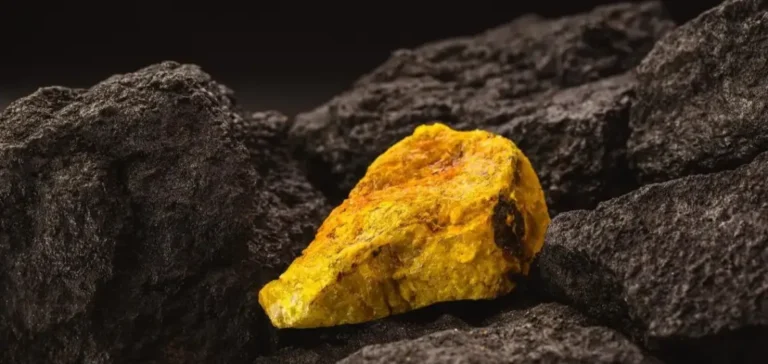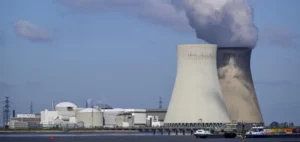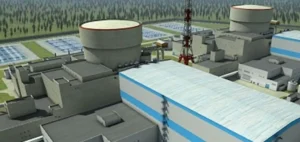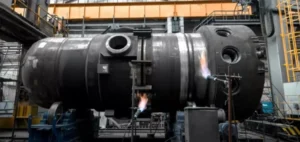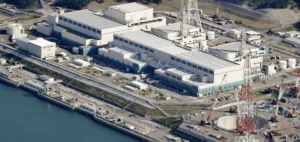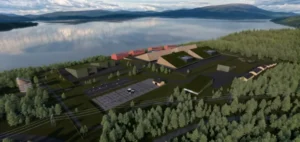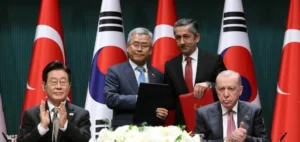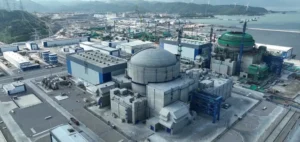The natural uranium reserves currently identified on Earth are sufficient to secure nuclear power plant supply until the end of the twenty-first century, according to Mikhail Chudakov, Deputy Director General of the International Atomic Energy Agency (IAEA). The statement was made on the sidelines of the World Atomic Week forum in Moscow, at a time when energy security remains a central concern for many governments.
Chudakov noted that uranium availability is highly dependent on market prices. He said it is possible to develop new deposits at varying costs, making the economics of the kilowatt-hour decisive for extraction. “The cost per kilowatt-hour will be the decisive factor. It will not be cheap, but it will remain viable,” he said, recalling remarks made by Rosatom Chief Executive Officer Alexey Likhachev the previous day.
Continued discovery of new deposits
Long-term supply stability is supported by the regular discovery of new deposits worldwide. According to the IAEA, these new resources are identified through mining exploration programmes carried out on an ongoing basis. Chudakov said he sees “nothing critical that will happen tomorrow,” tempering concerns about a potential shortage in the decades ahead.
These prospects come amid a revival of civil nuclear power in several countries, notably in Europe and Asia, where projects for new reactors are accumulating. The expected rise in uranium demand, a consequence of this trend, is reinforcing strategic interest in known reserves and future developments.
An economic equation more than a geological one
According to experts, the question of supply lies not only in the amount of ore available, but in the economic ability to make it exploitable. Rising prices make some deposits marginally profitable, altering the map of potential production. This dynamic is already at work in several countries with underutilised resources.
In this context, uranium extraction is becoming increasingly sensitive to fluctuations in energy markets. Cost control and diversification of supply sources are expected to continue to play a strategic role in national policies for civil nuclear power.


